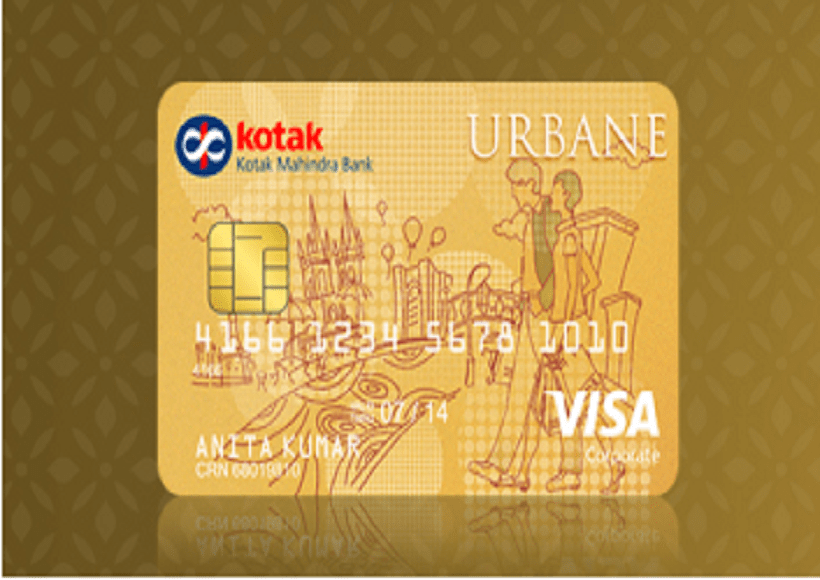
Online payments gateway systems are crucial for the day-to-day operations of an online business. Without it, you won’t be able to accept online payments from your customers across payment modes, which would kill the entire purpose of running an online business.
Therefore, you need a payment gateway integration to ensure a seamless checkout experience for your customers while providing them with stellar customer service that will help you acquire new customers and retain existing ones.
What is a Payment Gateway System?
In simple words, it’s a secure bridge that connects you to your customers and other third parties such as card networks and banks to help validate and authorize online transactions for sale to go through.
Moreover, they can accept a variety of payment modes such as credit/debit cards, UPI, digital wallets, BHIM, prepaid cards, and a lot more. So, if you want to rise and shine in your line of business, you need to integrate one as soon as you can!
Now that you have a basic idea of what it is and why it’s so important let’s look at how to go about integrating one with your eCommerce site.
What is an Integrated Payment Gateway?
An integrated payment gateway system uses APIs (Application Programming Interface) to connect your eCommerce website to the gateway service providers. It is sometimes also called a non-hosted payment gateway that allows your customers to make direct payments through your online store. It offers your customers a great experience since they aren’t redirected to an external website during the check-out phase and is mobile-friendly.
However, on the downside, you would need to bear the responsibility of ensuring security. So, in case there is a breach, you can be subjected to an audit. Moreover, you would also need to tweak your website to support the gateway’s features.
Integrating a Custom Gateway with your eCommerce Website
When it comes to integration, it varies across payment gateway service providers. However, certain common steps mostly remain the same across service providers. E.g., if you were to choose a hosted payment gateway system, you would be required to connect your website to the gateway along with getting an SSL certificate.
You would also need to obtain the credentials required to set up the gateway including, merchant ID, the MWS key, and a secret key. Once it’s done, you should be able to perform a lot of customizations to give your customers a unique checkout experience by adding your brand’s logo, colors, and fonts to stand out from the competition.
However, having an integrated payment gateway would also require you to have adequate security measures in place. But it’s achievable using APIs and modules ready to get you up to speed. If that’s not the case, you would have to depend on custom developing a payment gateway that can be securely integrated into your website.
Therefore, if you are a small business owner, rather than spending the time, money, and effort to create a custom gateway system, it’s best to partner with a reputed gateway provider who will set things up for you much quicker and more efficiently.
Benefits of an Integrated Payment Gateway
- Easy Checkout Process: its swift and seamless checkout experience leaves customers with a good feeling whenever they shop from your store.
- Offers a Secure Environment: Payment gateways are compliant with the latest security standards such as PCI DSS, 3D Secure, etc., which makes the entire shopping experience as secure as possible.
- Impulse Buying: The smooth process promotes impulse buying among consumers resulting in more revenue for the business.
As a business owner, it’s important to understand the significance and benefits of online payment solutions in this day and age. You can’t expect to grow and scale your business if you aren’t able to offer customers the speed and convenience that they expect when shopping online; therefore, you must integrate a payment gateway system with your eCommerce website at the earliest to start reaping the rewards that come with an efficient checkout experience!










